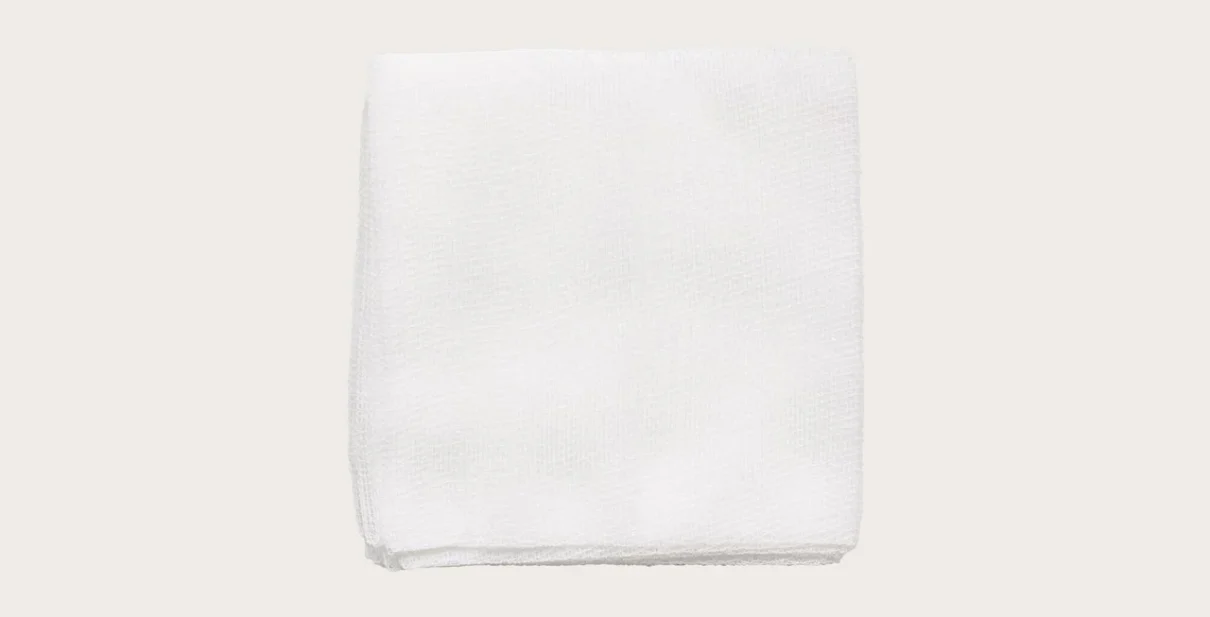In the world of surgical supplies, gauze swabs are fundamental yet often overlooked. However, not all gauze swabs are created equal. Understanding quality standards can make a significant difference in patient outcomes and wound healing.
What Makes Medical-Grade Gauze Different?
Medical-grade gauze swabs undergo rigorous manufacturing processes that distinguish them from ordinary cotton products. Here’s what sets them apart:
100% Natural Cotton Hydrophilic Gauze
True medical-grade gauze uses 100% natural cotton that has been treated to become hydrophilic (water-attracting). This property is crucial for wound care as it allows the gauze to effectively absorb blood and exudate.
Absorbency Standards
Quality gauze swabs should demonstrate absorbency of less than 3 seconds. This rapid absorption is critical in surgical settings where managing fluids quickly is essential for maintaining a clear operative field.
Whiteness Level
A whiteness level exceeding 82% isn’t just about aesthetics. This standard indicates proper bleaching and purity, making it easier for surgeons to detect any discoloration that might indicate bleeding or infection.
The Bleaching Process Matters
Traditional chlorine bleaching, while effective at whitening, leaves harmful residues and is now forbidden worldwide for medical products. Modern manufacturers use hydrogen peroxide bleaching in automatic machines, which:
- Leaves no toxic residues
- Maintains fabric integrity
- Ensures safety for wound contact
- Meets environmental standards
Low Lint: A Critical Safety Feature
Lint particles in wound cavities can cause serious complications, including:
- Foreign body reactions
- Increased infection risk
- Delayed wound healing
- Granuloma formation
Quality gauze swabs are manufactured with low lint levels and feature edges folded inward to eliminate the risk of free fiber release into the wound cavity.
Sterilization Standards
Sterile gauze swabs should be:
- Packed in medical-grade paper/film peelable blister pouches
- Sterilized using ETO (Ethylene Oxide) with validated processes
- Tested for bacterial endotoxins (below detectable limits)
- Free from residue ethylene oxide
- Properly labeled with expiry dates
X-Ray Detectable Swabs: An Added Safety Layer
For surgical procedures, X-ray detectable gauze swabs incorporate a thread made of 60% barium sulphate multifilament yarn. This feature:
- Reduces risk of retained surgical items
- Easily detected in post-operative radiography
- Provides peace of mind for surgical teams
- Meets modern safety protocols
Choosing the Right Gauze Swabs
When selecting gauze swabs for your facility, consider:
- Certification: Look for ISO certifications and compliance with medical device standards
- Absorbency: Verify it meets the <3 second standard
- Lint Level: Check manufacturing processes ensure low lint
- Sterility: Ensure proper sterilization validation
- Packaging: Medical-grade packaging that maintains sterility until use
- Traceability: Batch numbers and manufacturing dates for quality control
Common Sizes and Applications
- 7.5cm x 7.5cm (12 ply): Standard size for general wound care
- 10cm x 10cm: Larger wounds and surgical procedures
- Lap Sponges: For straining large amounts of fluids during surgery
Storage and Handling Best Practices
- Store in cool, dry conditions
- Keep away from direct sunlight
- Check expiry dates regularly
- Rotate stock using FIFO (First In, First Out)
- Inspect packaging integrity before use
- Follow proper sterile technique during application
The Bottom Line
Investing in quality gauze swabs is investing in patient safety. While cost considerations are important, the potential complications from substandard products far outweigh any initial savings. Choose suppliers who can demonstrate compliance with international quality standards and provide proper documentation.
At FMB Healthcare Systems, we supply only gauze swabs that meet these stringent standards, ensuring you can trust every product you use in patient care.
Need quality gauze swabs for your facility? Contact us for samples and detailed specifications.

